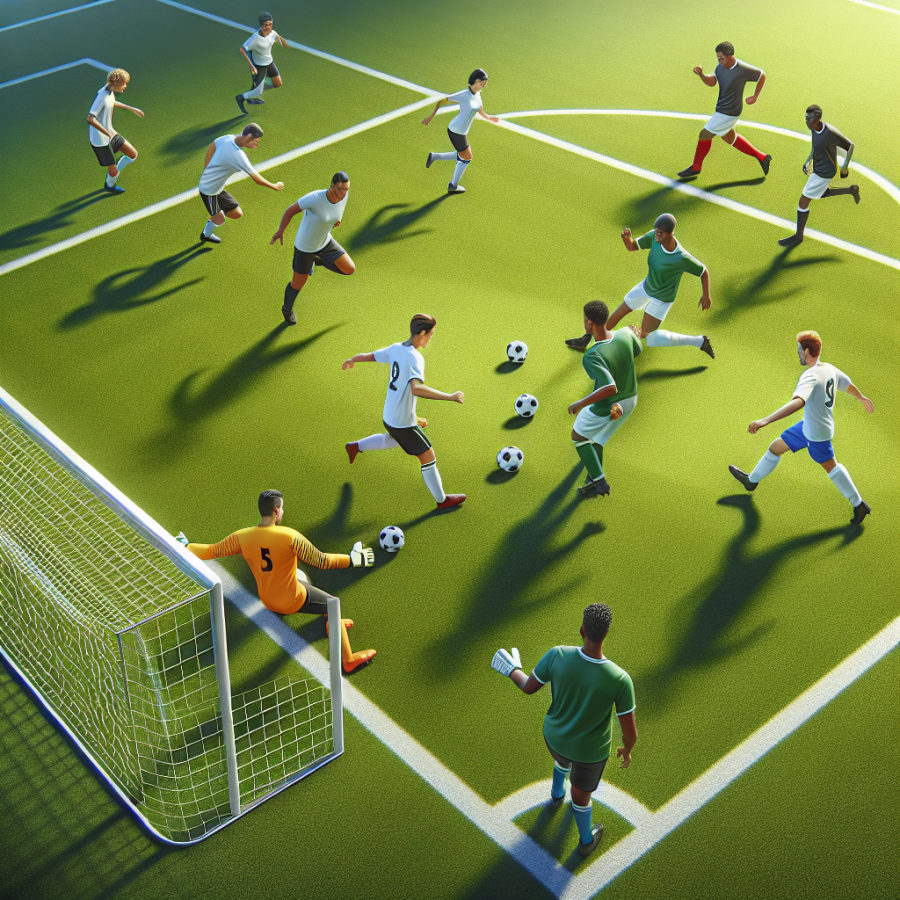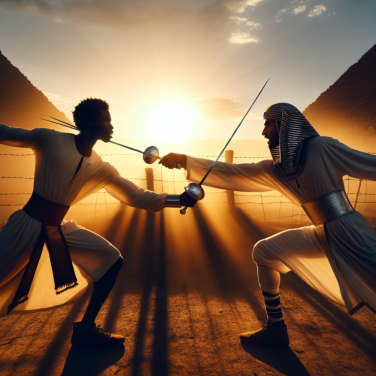Evaluating Your Skills: Matching Your Abilities to a Soccer Position
Evaluating your skills and matching them to an appropriate soccer position is a vital part of discovering your perfect soccer position. This process requires a holistic understanding of your strengths and weaknesses, as well as a comprehensive knowledge of individual soccer positions and their demands.
The first area you need to consider is your physical attributes. A good goalkeeper, for example, typically has a tall and strong built with longer arms for a wider reach. Excellent reflexes and hand-eye coordination are also elemental for this position. If you're agile and quick on your feet, you might make a good striker who can fend off defenders and net a goal quickly. Defenders, on the other hand, need to be strong and good at jumping for those critical headers. Wingers or midfielders need to have impressive stamina and speed to cover larger areas of the pitch during the game.
Understanding your game intelligence is equally crucial. Players who can read the game well and predict the opponents' next move make good center-backs and defensive midfielders. If you're good at spotting gaps in the defense and able to cue the perfect pass, you might have the making of a great attacking midfielder. Strikers, on the other hand, need to have a sixth sense about where the goal is even when their back is turned towards it.
Your technical skills are another determining factor in identifying your position. For instance, if you have impressive dribbling skills and can maintain close control of the ball even at high speeds, you could be a valuable asset as a winger or an attacking midfielder. Dead-ball specialists who can whip in lethal crosses or accurately hit set-pieces might find their place as wingers or strikers. Defenders, particularly full-backs, need to be good at tackling and blocking shots.
Lastly, your psychological traits also play a significant role. Are you a natural leader and good at organizing and motivating your team? Perhaps the captain's armband and a central role, like a central defender or a center midfielder, suit you best. Goalkeepers must possess mental strength to keep their focus and confidence even under immense pressure. Strikers should have the mental resilience to keep going even if they miss a couple of goals.
Evaluating your skills in these areas requires honesty and self-awareness. It may be helpful to seek the perspectives of coaches, teammates, and opponents who can offer insight into your strengths and areas for improvement.
Read also:
The Unconventional Sport: Exploring the World of Elephant Polo
Understanding Different Soccer Positions: Find Your Best Fit
Understanding the different soccer positions on the field is crucial to determining your best fit and enhancing your playing experience. There are typically 11 players on a team, divided into four main areas - goalkeepers, defenders, midfielders, and forwards. In this deep dive, we will not only describe these primary roles, but also talk about the specific positions within these categories.
Goalkeepers are often the unsung heroes of a soccer team. Their main job is to stop the opposition from scoring by catching, deflecting or otherwise preventing the ball from entering their net. Not only do they require excellent hand-eye coordination, but also a strategic mind to anticipate the moves of opposing players.
Defenders, often called 'backs', consist of Centre-Backs, Full-Backs, and Wing-Backs. Centre-Backs mostly play centrally and help to block the opposing team from reaching the goal. Full-Backs position themselves wider on the field, covering the areas the Centre-Backs are unable to. Wing-Backs, on the other hand, play at the outermost edges of the field, balancing both defensive and attack duties. If you are brave, disciplined, and fearless, a defensive position might suit you.
Midfielders are the connectors of the team. Central Midfielder (CM), Holding Midfielder, Attacking Midfielder (AM), Wide Midfielders are the usual roles in this position. The CM is positioned in the centre of the action, helping both the offensive and defensive play. The Holding Midfielder stays further back, providing support to the defenders. The AM usually stays closer to the forwards, helping to organize and drive attacks. Wide midfielders often operate on the flanks of the field, aiding in both defensive and offensive segments of the game. Midfielders require a high level of stamina and excellent ball control skills.
Lastly, the Forwards or 'strikers' have the primary responsibility of scoring goals. These players are aggressively offensive and divide into Centre Forwards, Second Striker, and Wingers. Centre Forwards play centrally and their primary duty is to score goals. The Second Striker plays just behind the Centre Forward, providing assists and occasionally scoring goals themselves. Wingers operate on the flanks, often providing crosses into the box for other forwards to score. Forwards should possess speed, agility, and superior ball control.




